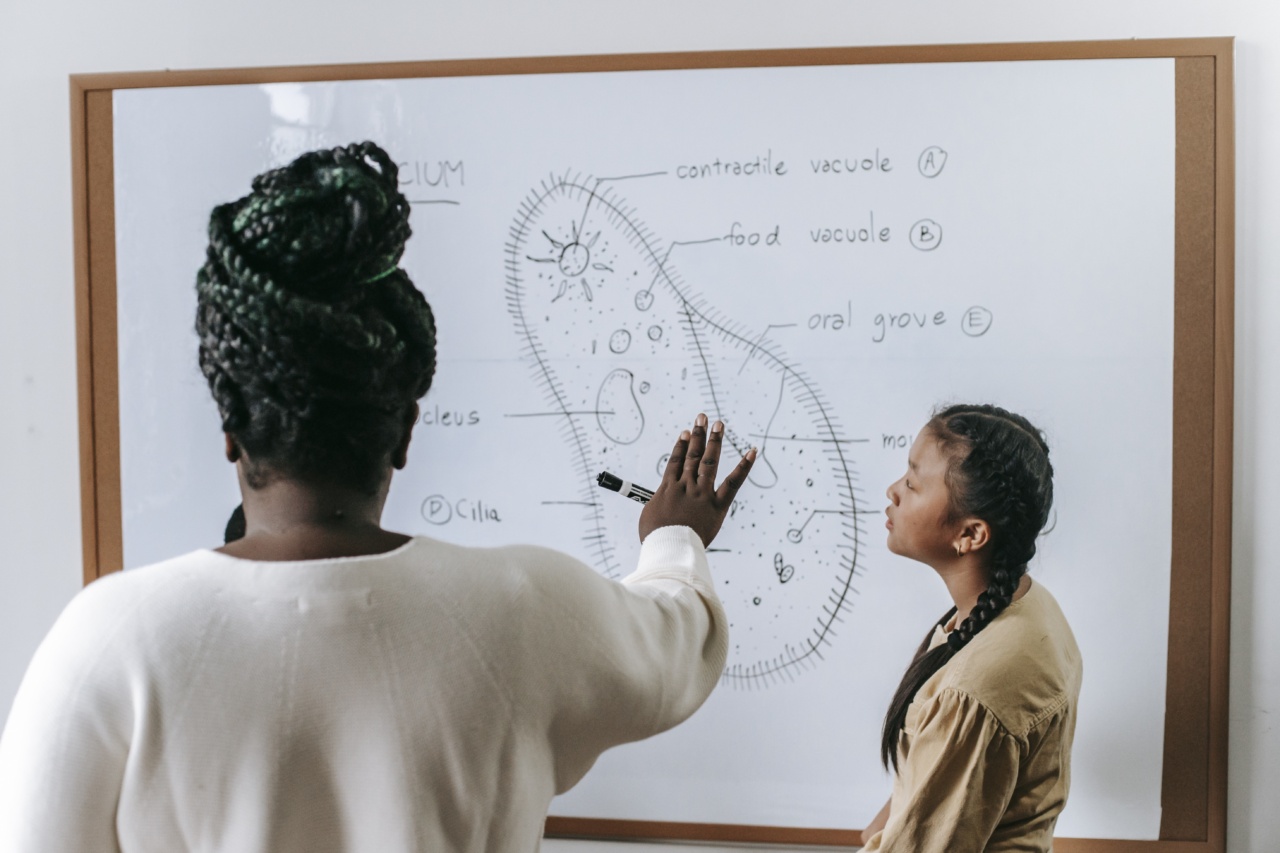Déjà vu, a French term that means “already seen,” is a phenomenon experienced by many people around the world. It is defined as the feeling of having experienced a new situation before, even though you know that it is impossible.
Many people describe this feeling as eerie, mysterious, and unsettling. Although they all agree that déjà vu is a strange experience, scientists are still unsure about what causes it.
History of Déjà Vu
Déjà vu has been reported for centuries, but only in the 19th century did it become a topic of scientific study.
In 1876, a French psychic researcher named Emile Boirac introduced the term “déjà vu” to describe the feeling of familiarity that people experience in new situations. Since then, scientists have been trying to understand the mechanisms that cause déjà vu.
Types of Déjà Vu
The phenomenon of déjà vu can be divided into two types: pathological and non-pathological. Non-pathological déjà vu is the most common type of déjà vu, and it happens to everyone at some point in their life.
Pathological déjà vu, on the other hand, occurs more frequently in people who suffer from neurological disorders such as epilepsy, Alzheimer’s disease, or head injuries.
Theories of Déjà Vu
Scientists have developed several theories to explain the phenomenon of déjà vu. The most popular ones are:.
Hologram Theory
According to this theory, déjà vu happens when our brain tries to match a current event or situation to a stored memory. It is like a hologram being projected onto a blank screen.
The brain tries to fit the current situation into the stored memory, but it does not match, and this discrepancy leads to the feeling of déjà vu.
Dual-Processing Theory
The dual-processing theory suggests that déjà vu happens when there is a miscommunication between the brain’s two systems: the familiarity system and the novelty system. When these systems work in harmony, we perceive the world as familiar or novel.
However, if there is a communication error between the two systems, we might perceive something as both familiar and novel at the same time, leading to the feeling of déjà vu.
Memory Fallback Theory
This theory suggests that déjà vu happens when the brain mistakenly retrieves memories from the wrong part of the brain. The brain is like a big filing system, and sometimes, the wrong file is pulled out.
When this happens, the brain interprets the current situation as something we have experienced before, leading to the feeling of déjà vu.
The Role of Memory in Déjà Vu
Memory plays a crucial role in the phenomenon of déjà vu.
Although there is no consensus among scientists regarding the type of memory that is involved in the experience of déjà vu, many agree that it is related to our ability to recognize familiar stimuli, faces, or sceneries.
Episodic memory, which is responsible for our ability to remember personal experiences, is often cited as the type of memory involved in déjà vu.
Another type of memory that may play a role in déjà vu is familiarity-based recognition memory, which is responsible for our ability to recognize familiar faces, places, or objects.
Déjà Vu and the Brain
The brain is a complex system that is still not fully understood. However, advances in brain imaging and neurophysiology have helped scientists understand how the brain works during the experience of déjà vu.
Several studies have shown that the temporal lobe, which is responsible for memory formation, is involved in the experience of déjà vu. The hippocampus, which is located in the temporal lobe, is the brain region responsible for creating new memories.
Studies have shown that the hippocampus is highly activated during the experience of déjà vu, suggesting that it plays a crucial role in this phenomenon.
Conclusion
Déjà vu is a strange and mysterious phenomenon experienced by many people around the world. Although there is no consensus among scientists regarding what causes it, several theories have been proposed to explain it.
The brain and memory play crucial roles in the experience of déjà vu, and studies have shown that the temporal lobe, particularly the hippocampus, is involved in this phenomenon. Despite the advances in neuroscience, the phenomenon of déjà vu remains shrouded in mystery, and scientists are still trying to unravel the mechanisms that cause it.






























